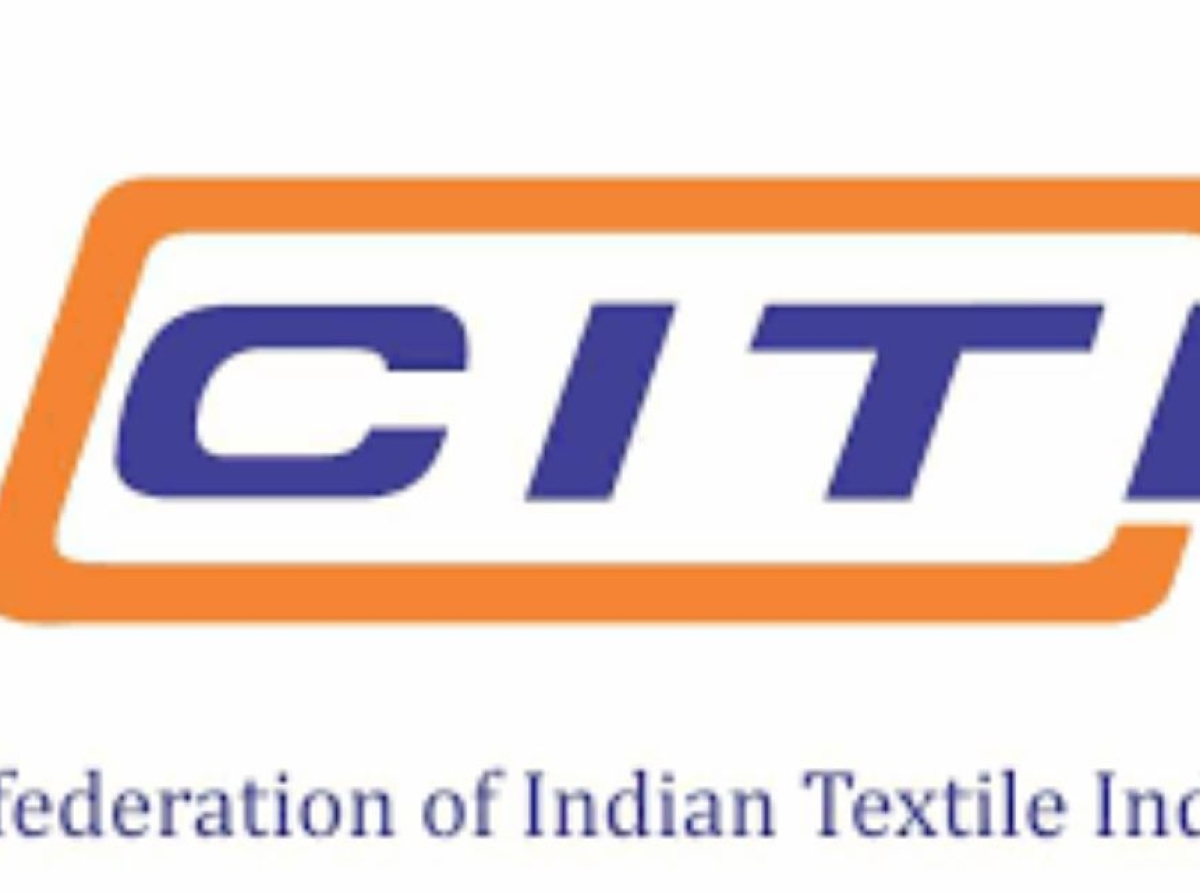"Bridging the Information Gap in the Textile and Fashion Industry."
CITI Urges Urgent Engagement to Leverage Opportunities in the US Textile Market During 2024, India exported T&A products worth US$ 10.5 bn to USA accounting for about 28.5% of India’s total T&A exports to the world and about 13% in India’s total merchandise exports to the USA.
Trade analysis shows that during the last 5 years, India has been a relatively preferred partner for the USA for its sourcing of T&A products as compared to other competing countries like China, Vietnam and Bangladesh.
The recent reciprocal tariff of 27% for India, based on a factor of equalization, remains comparatively lower than tariffs of other competitors like China (34%), Bangladesh (37%), and Vietnam (46%). While it seems favourable to India, it will be important to see how this cost increase is adjusted.
In the past a large part of such cost escalation had to be borne by the suppliers. With such a steep increase, the entire cost cannot be passed on to the consumers, and hence the importers will look for more cost-competitive sourcing. Countries with better logistic and supply chain efficiencies will have a better capacity to retain relative cost competitiveness.
It will also be important to watch if there are sectoral tariff changes as an uniform tariff across all sectors may not be feasible.
As far as T&A products are concerned, analysis of top 10 imported products by USA from India as six digit HS code level shows that these accounts for about 40% of total T&A imports by USA from India and attracts an average tariff of 10.28% from USA side.
Any potential tariff hikes could increase product costs, leading to short-term demand fluctuations. While there is no immediate adverse impact, a steep rise in overall tariffs could substantially reduce demand for Indian exports in the long run.
With ongoing tariff restructuring, it is crucial for the Indian industry to closely monitor the responses of competing nations.
Some competitors of the textile value chain are likely to announce a zero-tariff policy for exports to the USA. This evolving trade landscape would reinforce the need for India to engage proactively with US authorities to negotiate a more favourable tariff regime.
The biggest concern for now is a possible decline in US demand for goods including textiles and a lack of clarity on emerging fine print.
It will be important to see how India can position itself among its competitors. However, at present the tariff announced by the USA presents an opportunity for India compared to its competitors in terms of better market access.
Given the uncertainty surrounding tariff structures, Indian exporters also need to explore alternative global markets to sustain and enhance trade volumes.
Strategic engagement with the USA remains critical, but a parallel focus on expanding into new destinations and enhancing our trade facilitation measures will ensure resilience.

























